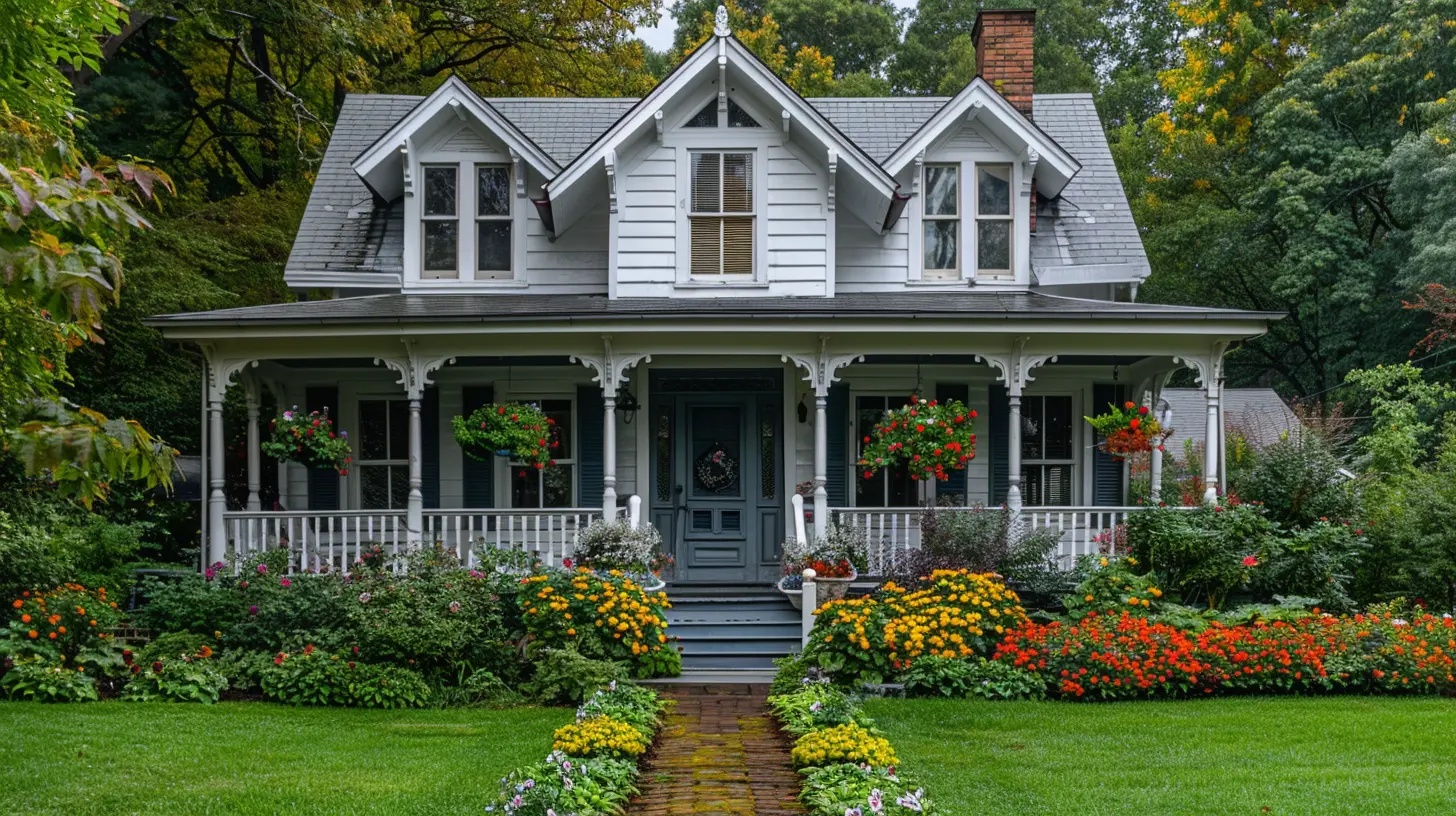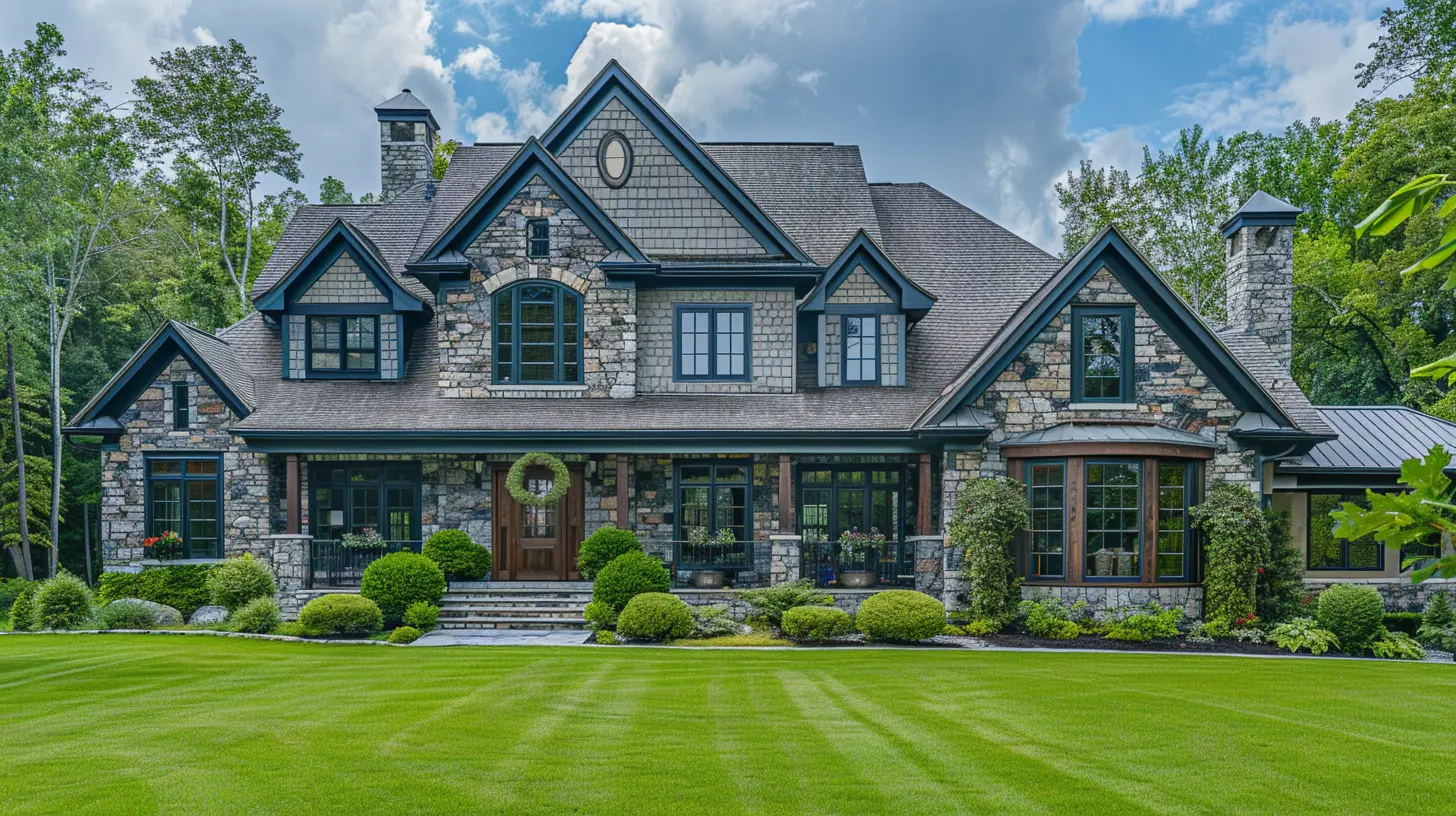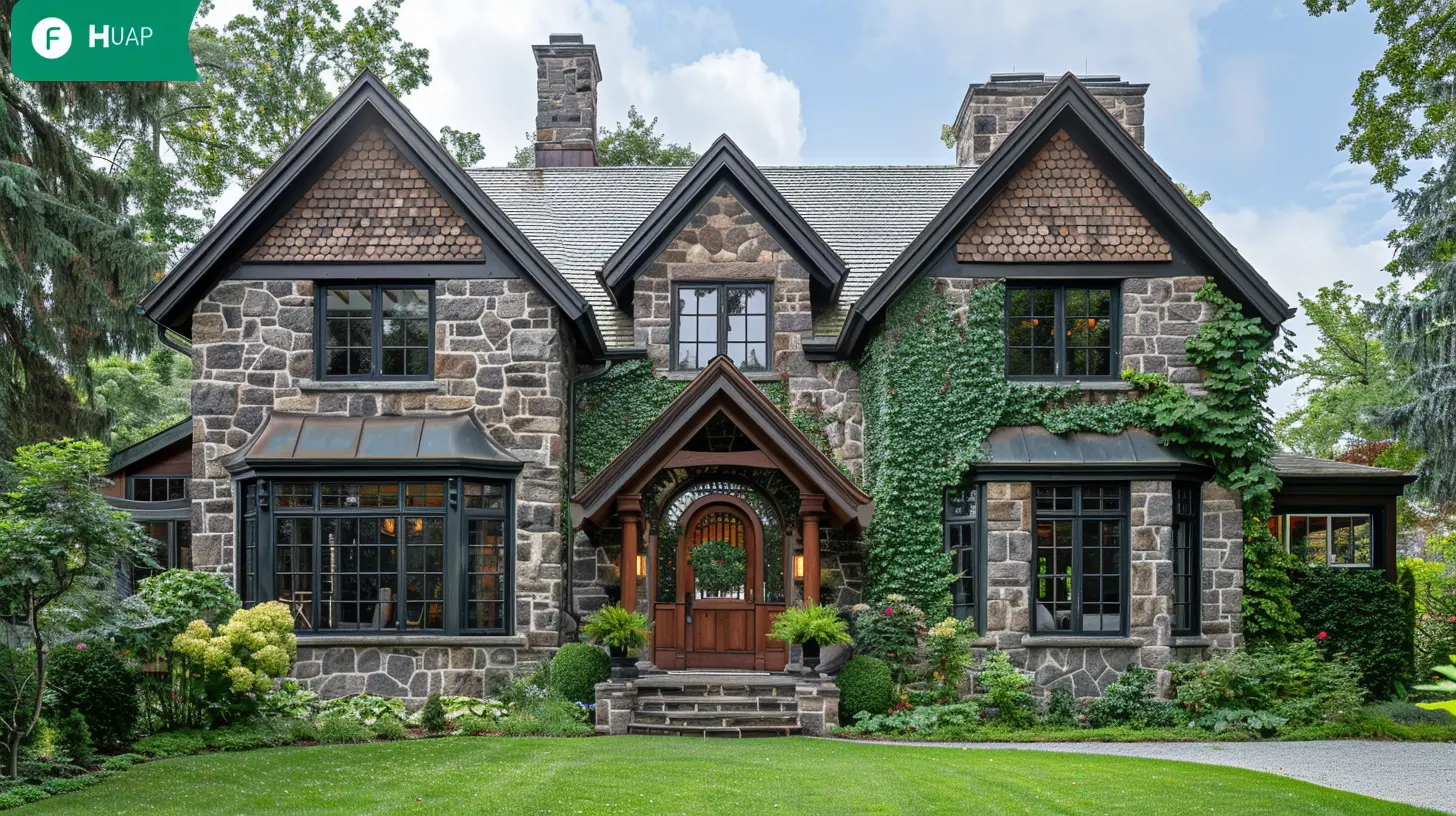The Science Behind Symmetry and How It Affects Home Staging
12 September 2025
Home staging is an art, but did you know it’s also deeply rooted in science? One key principle that plays a huge role in making a home feel appealing and welcoming is symmetry. Whether you realize it or not, your brain naturally craves balance. When something feels "off" in a space, it's often because symmetry is missing.
But why does symmetry matter so much, and how can you use it to your advantage when staging a home? Let’s dive into the psychology behind symmetry and practical ways to incorporate it into home staging to impress potential buyers. 
Why Symmetry Matters in Home Design
Symmetry is more than just an aesthetic preference—it’s hardwired into our brains. Studies show that people are naturally drawn to balanced and orderly environments because they create a sense of harmony and stability.From ancient architecture to modern home decor, symmetry has been a fundamental design principle. Why? Because our brains process symmetry faster, making spaces feel more relaxing and visually pleasing.
Think about a well-organized bookshelf versus one where books are haphazardly placed. Which one instantly feels more inviting? The same principle applies to home design—creating symmetry helps buyers feel at ease and connected to the space. 
The Psychology of Symmetry in Home Staging
Home staging is all about evoking emotions in buyers to help them imagine themselves living in the space. Symmetry plays a key role in creating this emotional appeal.1. Creates a Sense of Order and Calm
When a room is symmetrically arranged, it looks and feels intentional and well-maintained. Buyers associate order with cleanliness and care, making them more likely to view the home positively.2. Enhances Visual Flow
Our eyes naturally follow structured patterns. Symmetrical designs guide the viewer’s focus, making the room feel larger and more cohesive. If a space is cluttered or asymmetrical, it can feel chaotic, making it harder for potential buyers to connect with it.3. Appeals to Subconscious Preferences
Symmetry is not just a design choice—it taps into deep-seated psychological preferences. Studies show that people instinctively associate symmetrical spaces with beauty, success, and security. This subconscious attraction can make a home feel more high-end and desirable.
Types of Symmetry in Home Staging
Now that we know why symmetry is so powerful, let’s talk about the different types of symmetry and how they apply to home staging.1. Bilateral Symmetry (Mirror Image Symmetry)
This is the most common type of symmetry, where one side of the space mirrors the other.✅ Example: Placing identical lamps on both sides of a bed or arranging matching chairs on either side of a coffee table creates balance and harmony.
💡 Staging Tip: When styling a fireplace mantel, place two similar decorative pieces—like candlesticks or vases—on each side for a balanced look.
2. Radial Symmetry (Center-Focused Symmetry)
With radial symmetry, elements are arranged around a central point to create balance.✅ Example: A round dining table with evenly spaced chairs gives the room a structured, inviting feel.
💡 Staging Tip: Centering a light fixture over a dining table can create a symmetrical focal point, making the space more visually appealing.
3. Asymmetrical Balance (Intentional Imbalance)
Sometimes, perfect symmetry isn’t possible (or practical). Asymmetrical balance is about strategic placement to create harmony without exact mirroring.✅ Example: A sofa with a floor lamp on one side and a side table on the other maintains balance without being too rigid.
💡 Staging Tip: Use objects of similar visual weight—like a tall plant on one side of a living room and a shelving unit on the other—to keep things balanced without being too repetitive. 
How to Use Symmetry When Staging a Home
Want to make symmetry work for you? Whether you’re staging a house for an open house or simply refreshing your living space, here’s how to use symmetry effectively.1. Living Room: Balanced Seating Arrangements
- Arrange sofas and chairs in pairs or around a central coffee table.- Use matching throw pillows or decor pieces on both sides of the couch.
- Position artwork symmetrically over a sofa or fireplace.
2. Bedroom: Harmonized Design Elements
- Place identical nightstands and lamps on either side of the bed.- Use symmetrical bedding arrangements with matching pillows and blankets.
- Hang artwork or mirrors evenly above the bed to maintain visual balance.
3. Kitchen: Organized and Inviting Layout
- Keep countertops clutter-free and ensure items are evenly spaced.- Use symmetrical shelving or cabinetry to provide a cohesive look.
- Align bar stools evenly at the kitchen island to create a sense of order.
4. Bathroom: A Spa-Like Ambiance
- Position twin sinks with matching mirrors and lighting fixtures.- Fold towels symmetrically for a clean, hotel-style appearance.
- Arrange toiletries neatly to avoid visual clutter.
5. Curb Appeal: A Welcoming First Impression
- Use matching planters or lanterns on either side of the front door.- Balance landscaping elements (trees, flower beds) for a unified look.
- Ensure exterior lighting is evenly spaced for a polished appearance.
When to Break the Symmetry Rule
While symmetry is powerful, too much of it can feel rigid or overly staged. Sometimes, breaking symmetry strategically can add personality and warmth to a home.For example:
- Mixing different-sized throw pillows on a couch adds depth.
- Using staggered wall art instead of evenly spaced frames can give a more relaxed, modern vibe.
- Combining furniture styles instead of perfectly matching sets can make a space feel more dynamic.
Symmetry should be a guide, not a strict rule. A little intentional asymmetry adds character while keeping things visually pleasing.
Final Thoughts
Symmetry isn’t just about making a home look nice—it’s about creating an atmosphere that feels right. When used correctly, it brings a sense of harmony, balance, and sophistication that makes any space more inviting.For home sellers and real estate professionals, understanding the science of symmetry can be a powerful tool in making properties irresistible to buyers. So next time you're staging a home, remember—balance is everything!
all images in this post were generated using AI tools
Category:
Home StagingAuthor:

Lydia Hodge
Discussion
rate this article
1 comments
Christina McVicker
Great insights! Symmetry truly enhances a home's appeal.
September 15, 2025 at 4:49 AM

Lydia Hodge
Thank you! I'm glad you found the insights valuable—symmetry really does play a crucial role in enhancing a home's aesthetic!


